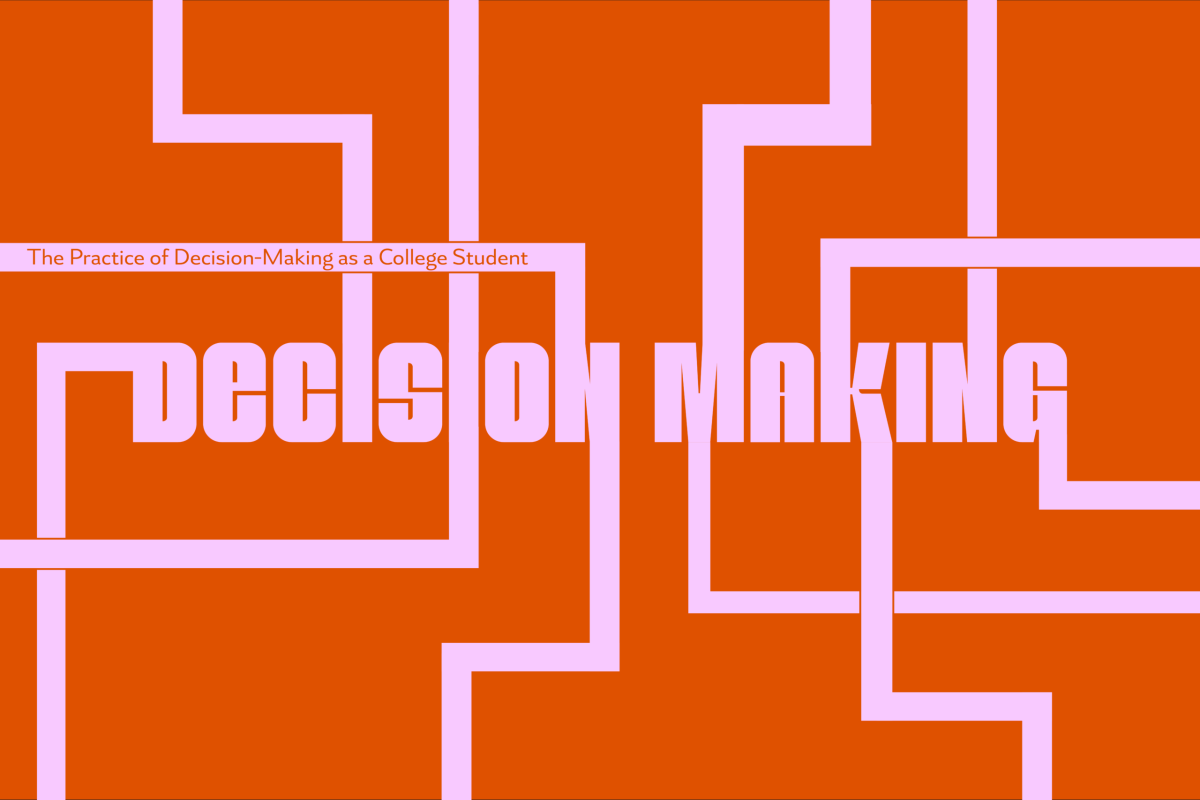_Abigail Ruhman is a freshman journalism and political science major at MU. She is an opinion columnist who writes about student life, politics and social issues for The Maneater._
_This column is part four of Abigail Ruhman’s “Twelve Gays of Christmas” series. Twelve Gays of Christmas is a twelve-column series about a variety of LGBTQ topics. During the holidays, members of the LGBTQ community are more likely to experience depression. By informing readers of the issues facing the LGBTQ community, these columns are meant to support the community this holiday season._
There’s something so amazing about seeing your identity represented in the media. It feels like the world is confirming that you are valid, but the longer you think about it, its flaws become more apparent.
For many minority groups, stereotypes and misunderstandings tend to overshadow the purpose of the character in different forms of media.
The issue is: How do you discover this issue before you get emotionally invested in something that’s destined to disappoint you? With the little bit of representation that minorities get, it’s important to find ones that don’t make you feel invalid. The LGBTQ community is one of many communities that has to deal with bad representation.
In fact, the availability of representation is actually getting worse, according to The Verge. Overall, the number of LGBTQ characters haven’t improved much since 2015. When it comes to additional demographics, this is where representation truly fails.
Not only is representation fading away, it’s also getting worse in general. Universal Pictures, one of many studios individually evaluated, was criticized for using overdone stereotypes as a joke. In addition, Disney was considered the worst in terms of representation.
While the numbers show a lack of representation, actually recognizing bad representation can still be difficult. The warning signs can range from subtle to obvious. They also tend to revolve around the writing or the acting. Signs can also be found in media meant for both children and adults.
A character’s sexuality shouldn’t exist for the sole reason of a joke. An example of this can be found in the sitcom “Friends.” Chandler Bing seems to struggle with the fact that one of his parents is transgender. The group joked about what genitalia she may have and never attempted to use she/her pronouns. Chandler also mocked the fact that she wore dresses.
In other cases, the sexuality is faked for the sake of the plot. In the novel “Adam,” the main character fakes being transgender in order to sleep with a lesbian. Furthermore, the character crosses other inappropriate lines that cross the line of consent.
After the girl discovers he was lying about his gender identity, she explains that she was fantasizing about him being a real guy. The plot is transphobic and uses an oppressed identity purely for the sake of drama. It also supports the idea that lesbians just need to meet the right guy in order to get over being gay, and that is far from true.
Another major problem comes with the way the role is cast. Unfortunately, a common trend is cisgender actors/actresses playing the roles of transgender characters. Actors and actresses are taking transgender roles, and some are big name performers such as Jared Leto in “Dallas Buyers Club” and Matt Bomer in “Anything.”
The problem is that transgender actors aren’t getting roles in movies, and these would provide them with the opportunity to get a start in Hollywood. But casting transgender actors also provides transgender youth with more impactful representation.
In recent years, the trend of killing off the queer or gender non-conforming character has become a bigger problem in the media. Typically, the deaths are not necessary to the plot. The fact that this trend has grown means that the LGBTQ community is gaining representation and then losing it.
The CW hit TV show “The 100” is just one of many examples of the “bury your gays” trope. In the show, the main female lead, Clarke, sleeps with another female character named Lexa. The new development came after an emotional episode. After the two have sex, Lexa is killed because she is the leader of the opposing side in the war. She is killed by a stray bullet, which came off as too simple for the narrative they were attempting to push. Fans were left with a melancholy feeling from the representation and then the immediate removal of it, according to the Daily Dot.
It can be easy to feel like LGBTQ representation is impossible to get, but many films and shows have taken great steps. “Brooklyn Nine-Nine,” a comedy about a police precinct, has two LGBTQ characters who are also racial minorities. Their identities are not just accepted, but they are validated.
“Queer Eye,” a lifestyle makeover show, has five gay men, and also did an episode featuring a transgender individual. The show is respectful of these identities. It also uses positivity to not only educate people on LGBTQ issues, but also help others live a healthy, happy life.
These aren’t the only two shows that have provided good representation. Representation is vital to educating others about the LGBTQ community and their struggles. If society continues to create and consume bad representation, the LGBTQ community is just another group that truly suffers.













